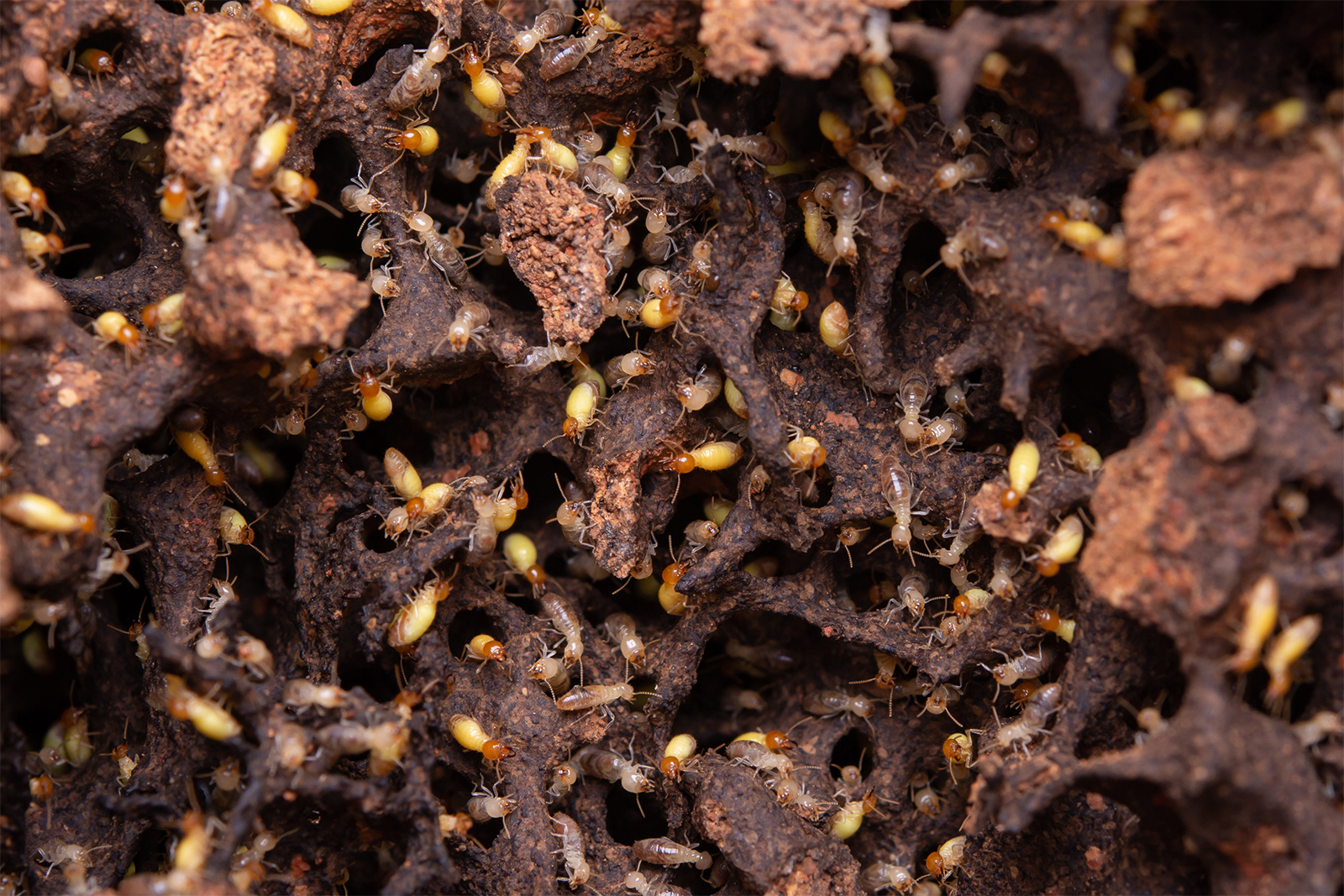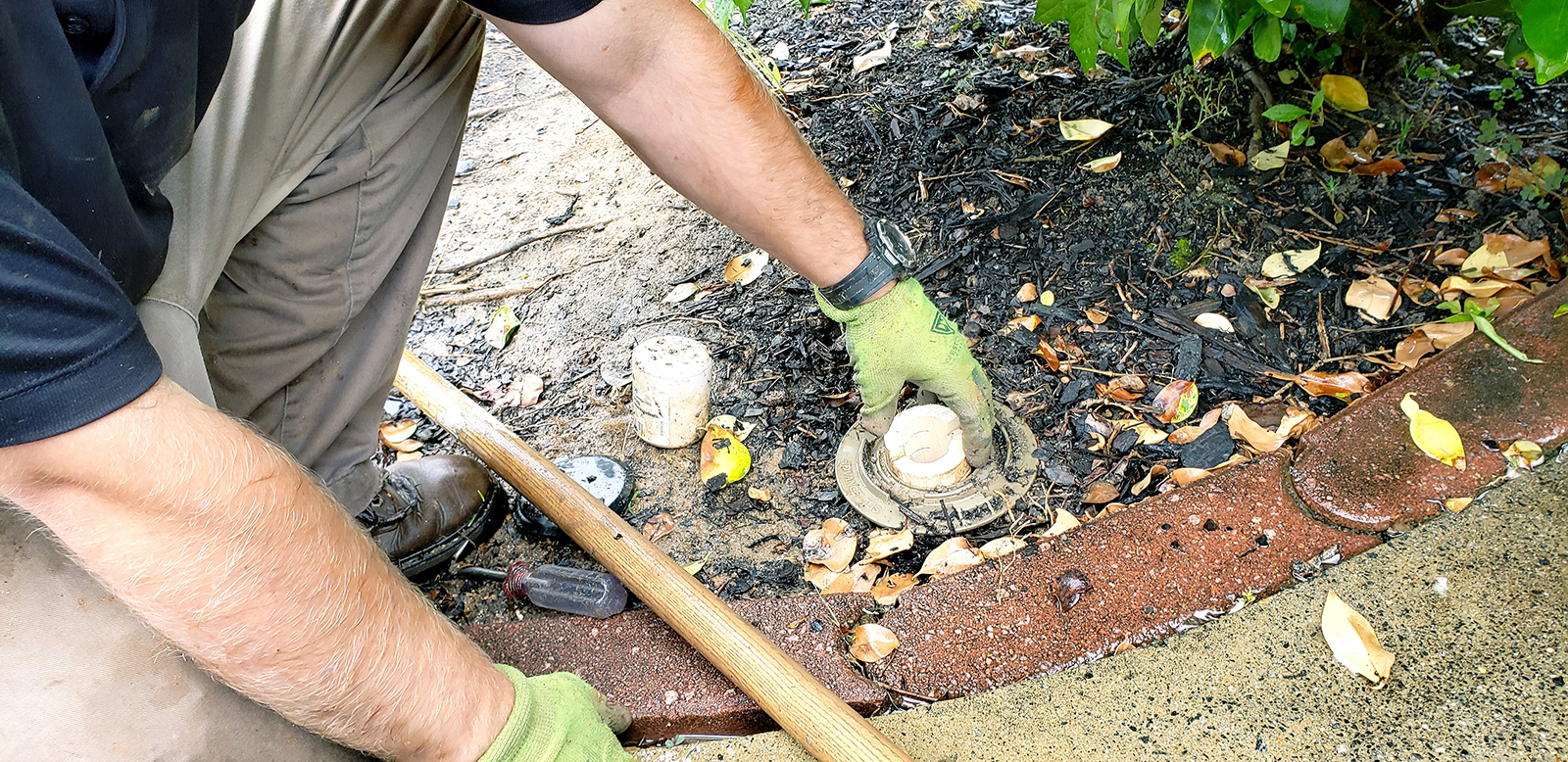
Termites are well-known for their wood-eating habits, causing significant damage to structures and forests. Many homeowners and property managers are concerned about potential termite infestations and the materials that can be affected. One common question is whether termites can eat and digest plastic as well.
While termites are known to digest cellulose found in plants, including wood and paper materials, they typically do not target plastic for consumption. However, in some cases, termites may chew through plastic barriers to reach cellulose-rich resources they desire, such as wood or paper items, but will not consume the plastic itself.
This distinction between chewing and consuming plastic is important in understanding termite behavior and implementing effective prevention strategies for protecting structures and valued items from these destructive insects.
Do Termites Eat Plastic?
Termites are primarily known for their consumption of cellulose, a component found in plants and various materials such as wood and paper. Although termites are capable of chewing through various materials, their primary focus is obtaining the cellulose they need for their nutrition. Plastic offers no significant nutritional value to termites, as it lacks cellulose.
According to Pest Push and School of Bugs, termites generally avoid eating wood containing plastic and show no interest in consuming plastic itself. They are unable to digest plastic due to the absence of necessary bacterial protozoa in their stomachs.
However, it is important to note that termites may chew through plastic materials if they are in their way while trying to reach cellulose-based food sources, such as wood or paper. This can create the false impression that termites eat plastic when, in reality, they are only damaging it to access the nutrition they desire.
Types of Materials Termites Consume
Cellulose-based Materials
Termites primarily consume cellulose, which is a component found in plant materials such as wood. The majority of their diet consists of wood, but they can also consume other cellulose-based materials such as paper and cardboard. Termites are equipped with special enzymes that help them break down these materials and extract the nutrients they need.
Beyond wood, termites have been known to consume various types of plants as well. For example, bamboo, which isn’t technically wood, still contains cellulose and can be a food source for termites if other sources are scarce.
Non-cellulose Materials
While termites prefer cellulose-based materials, they occasionally come into contact with non-cellulose materials during their search for food. It is important to note that termites cannot digest non-cellulose materials, but they might chew through them to reach cellulose sources behind or within. Some common non-cellulose materials that termites may come across include:
- Plastic: Termites cannot break down plastic, as it does not contain cellulose. However, they may chew through plastic to reach wood or other cellulose materials.
- Metal: Metal does not contain cellulose, but moreover termites can’t even chew through it so it’s of little interest to them.
- Concrete: Although termites cannot digest concrete, they might exploit cracks and crevices in the material to access adjacent cellulose materials.
In general, termites will not feed on non-cellulose materials, but their presence still warrants attention as they might be seeking cellulose sources nearby. Proper inspection and preventive measures can help protect a structure from termite infestations and consequent damage.
Factors Affecting Termite Feeding Preferences
Termite diet preferences can vary depending on several factors such as their species, environmental conditions, and the available food sources. Understanding these factors is crucial to determine what termites are attracted to and ways to prevent their infestations.
Firstly, the termite species plays a significant role in their feeding habits. In the United States, there are three main types of termites: subterranean, drywood, and dampwood. Each of these species exhibits different feeding behaviors and preferences. For example, subterranean termites primarily feed on wood that is in contact with the soil, while drywood and dampwood termites prefer wood above ground with varying moisture levels.
Environmental conditions, such as temperature and humidity, can also influence termite feeding preferences. Termites are more likely to be active and forage for food in warm and humid environments. These conditions can promote the growth of fungi on wood, which some termite species, such as the Formosan subterranean termite, find more palatable and easier to digest.
The availability of food sources is another important factor affecting termite feeding preferences. In their natural environment, termites primarily feed on dead plant material, especially wood. However, termites can also adapt to alternative food sources if their preferred choice is limited. Some termite species are known to feed on paper, cardboard, and even termite feces to re-establish their gut microbiome after molting.
Preventing and Handling Termite Infestations
Termite Control Methods
Effective termite control methods involve the use of termiticides registered by the US EPA. These chemicals provide structural protection against termite infestations. In most cases, trained pest management professionals should carry out the application of termiticides to ensure proper treatment. Some preventive measures to take include removing sources of cellulose material such as wood or cardboard debris from around your home, storing firewood at least 20 feet away from your property, and installing a physical or chemical barrier in the soil surrounding your home’s foundation.

Protecting Plastic and Other Materials
Certain species of termites, like the Formosan subterranean termites, can penetrate PVC plastic to reach a food source (Arizona Pest). Protect plastics and other materials by:
- Sealing gaps and cracks in your home’s exterior, including around plastic pipes and electrical wiring
- Placing plastic items away from wooden structures and other potential termite food sources
- Regularly inspecting your property for signs of termite infestation, such as mud tubes or damaged wood
By taking these steps, you can minimize the risk of termite infestation and protect your property from potential damage.
Conclusion
Termites primarily feed on cellulose, which is found in wood and other plant-based materials like paper. Although plastic is a soft and malleable material, termites cannot digest it due to the lack of cellulose and the absence of necessary enzymes (Yard Pit). As a result, they naturally prefer consuming wood, as it provides a higher moisture content and is easier to digest (At Home Pest Solutions).
It is worth noting that, while termites do not directly eat plastic, they may still find their way around it or through gaps in structures made of plastic, especially when searching for a cellulose-rich food source. Hence, it is crucial for homeowners to be aware of potential signs of infestation and take necessary measures to prevent such occurrences.
In conclusion, plastic is not a food source for termites. However, to effectively protect your property from termite damage, it’s essential to focus on proper prevention and control methods, sealing potential entry points, and keeping an eye out for any signs of infestation.
Driven by a passion for those tiny creatures that rule our world, we at Bug Domain strive to be your go-to resource for information on insects.

